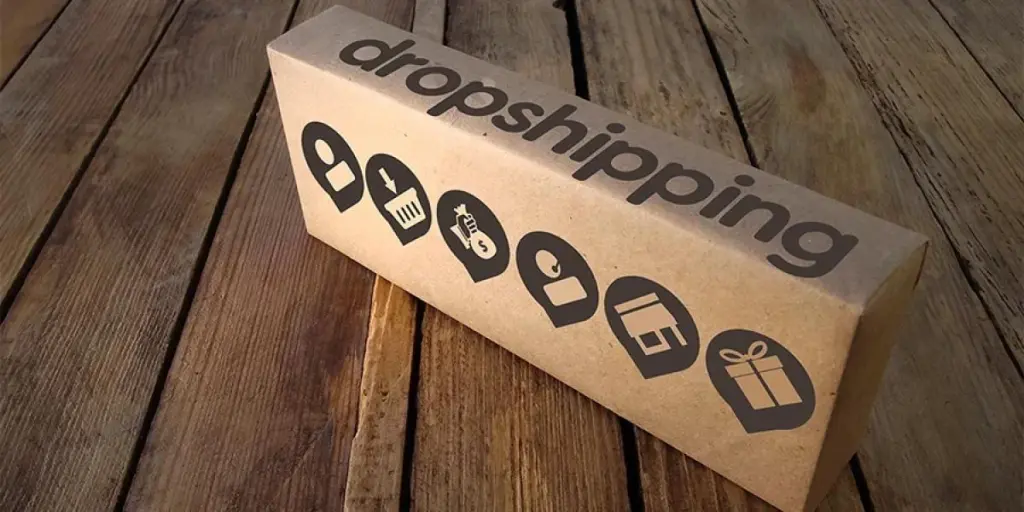Profit drops are a big problem for many ecommerce businesses. The shift from cashing in on sales to barely breaking even (or worse) can make many sellers keep their worry hats on.
The good news is sellers can try a few things to recover their business’ profitability—which will be revealed in this article. So read on for three inventory management tips to eliminate profit killers and recover profitability in 2024.
Table of Contents
3 inventory management tips to restore profitability
Wrapping up
3 inventory management tips to restore profitability
1. Check if the basics are in place
When faced with declining sales, it’s important for sellers to settle their minds and return to the drawing board to see if the basics are in place.
These basics refer not to marketing or business strategies but to inventory management and forecasts.
Inventory mistakes are the biggest culprits for profit loss in ecommerce. Nothing is more costly in this business than failing to manage inventory properly.
Poor inventory management results in two critical situations: stocking out and overstocking. Stocking out loses sales (because it takes time to order and receive stock), while overstocking incurs expensive fees. If these situations happen consistently, this can kick sellers out of business.
So, sellers must employ quality inventory management skills to restore their business profitability or better still get professionals to handle it for them. That way they can avoid going out of stock at critical moments and cut down holding and removal fees from overstocking.
2. Get the numbers right

The best part about getting good at inventory management is that it is a straightforward process: sellers only need to get the numbers right. On this note, there are three main metrics sellers should master for good inventory forecasting. They are:
- Daily adjusted velocity
- Buffer stock
- Reorder point
If these three metrics aren’t properly accounted for, then, it’s time to make some tweaks to see a big difference.
Here are more details on each metric:
Daily adjusted velocity
Adjusted velocity helps sellers understand how much of a product they sell on average daily, considering all the special situations—i.e., days when the product was out of stock and days when there were unusual, one-time sales increases.
Getting this calculation right is crucial for making accurate predictions and ordering the right amount of stock. If sellers mess up the math here, it could throw off all their other predictions.
Here are the points sellers must factor out when doing daily adjusted velocity calculations:
- Stockout days (no stock equals no sales)
If sellers are trying to predict how much they’ll sell in the future, for example with clothes or gadgets, they must carefully look at the times they ran out of stock and didn’t include that information in their calculations, or else their predictions would be off.
For example, if they’re looking at a 60-day average but products were out of stock for 10 days, it’ll likely mess up their average daily sales. This incorrect average might make it seem like retailers sell less than they are every day.
If sellers usually order stock for three months and their calculations are off, they could end up with less than they need. This mistake is a big reason many sellers run out of stock early.
- Unusual sales interruption
Don’t make the mistake of overlooking this important factor. Before calculating sales, ask, “Did something unusual happen that affected my normal sales average?” Usually, the day before sellers run out of stock, they’ll sell less than usual, which is a big indicator for stockouts.
But, sometimes, marketplaces like Amazon might find just one unit and sell it during a stockout. Unfortunately, it’ll create a day when sellers have stock again (even though it was just one). Including this false “in-stock day” in a 30-day average will complicate the calculation.
Temporary listing suspension can also interrupt sales, even if sellers don’t run out of stock. Since the stockout algorithm only checks if sellers have inventory at Amazon’s fulfillment center, it won’t treat these interruptions as stockout, so sellers must be careful to add them to their calculations.
- Abnormal sales spikes
Sellers must also account for surges in sales as they can also mess up their numbers. For example, imagine a specific situation (like holiday marketing) that causes sellers to make US$ 60,000 in sales in one day.
If they don’t remove that anomaly from their calculation, they’ll end up with US$ 60,000 in additional inventory that may not sell, causing holding costs to rise.
Pro tip: Remember that regardless of whatever system (inventory software or Excel spreadsheets) sellers use to calculate their daily adjusted velocity, they must know their stockout factors to get accurate averages.
Buffer stock
Buffer stock is like a safety net preventing businesses from missing out. It’s the emergency stock that sellers should set aside in the event of sudden demand spikes or unexpected shipment delays. When sellers correctly calculate their adjusted velocity, they can easily decide how much buffer stock they need.
Furthermore, it’s recommended to have buffer stock at Amazon’s fulfillment center and third-party logistics providers (3PL), especially if low restock limits prevent sellers from sending more inventory to Amazon.
Here are some strategies to help sellers maintain a proper buffer stock inventory:
- Decide which locations and products to prioritize
- Keep track of inventory levels in those locations
- Send additional units as needed to prevent running out of stock
- Monitor rankings in different geographical areas to stay proactive
Not sure how to calculate buffer stock? Here’s the formula for that:
(Max daily orders x Max lead time) – (Average daily orders x Average lead time) = Buffer stock
Here’s an example:
If:
- Maximum daily orders: 200 units
- Maximum lead time (in case of supplier delays): 10 days
- Average daily orders: 150 units
- Average lead time: 5 days
Calculation:
(200 units/day x 10 days) – (150 units/day x 5 days) = buffer stock
(2000 units) – (750 units) = 1250 units
Hence, the buffer stock sellers will need for this example will be 1250.
Reorder point (ROP)
Now, sellers know how much inventory they need to order, but do they know when? To answer this one must calculate the reorder point (ROP)—and thankfully, it’s the easiest metric to do.
Here is the formula needed to calculate the reorder point:
Lead Time Demand (average daily sales velocity x lead time) + Buffer Stock = Reorder Point
Where:
- Lead time demand shows how many products stores may sell (or miss) in the period it takes for them to receive new stock.
- Buffer stock refers to the emergency inventory.
Here’s how to calculate it:
Using the example for buffer stock, if stores sell 150 units daily, their supplier’s lead time is five days, and the buffer stock is set at 1250 units. Their ROP would be:
(150 X 5) + 1250 = 2000
This ROP shows that sellers must replenish their inventories when their stock goes down to 2000 units. With this strategy, they’ll have enough stock to cover any increase in demand during the supplier’s lead time.
3. Leverage inventory-minded marketing
By now, sellers already understand the numbers required for better inventory management and have made the necessary tweaks. However, there’s one more step needed to recover profitability: inventory-minded marketing.
If sellers face problems like frequent stockouts or high holding costs (both cost businesses money), it’s time to try switching to inventory-minded marketing. This strategy involves ensuring inventory and marketing teams communicate, preventing sellers from accidentally promoting products they can’t keep in stock.
Here are the reports sellers can use to implement inventory-minded marketing:
Note: Both marketing and inventory teams should be viewing these reports!
- Stockout risk report
This report shows products that may run out of stock. When stores anticipate a stockout, the marketing team can make changes to avoid it.
Pro tip: The marketing tip should check this report weekly or monthly.
- Overstock report
This report highlights when products are at risk of overstocking. Hence, stores can focus on turning such inventory into sales to avoid paying high Amazon storage fees.
Pro tip: Generally, any product or category with more than 90 days’ worth of inventory is overstocked and would result in unnecessary storage fees.
- Liquidation report
This report identifies inventory that slows at extremely slow rates. It’ll tell the inventory team not to restock when stores sell through or remove them.
Pro tip: Extremely slow sellers often have less than five units of adjusted sales velocity.
- Slow sellers report
This report isolates and reviews the less profitable products (usually with 6 to 20 units daily velocity). The marketing team will need this report to develop strategies to boost sales quickly.
Click here to get a free inventory-minded market sample to get started! It’ll help identify the products that fall into the reports discussed above.
Wrapping up

It’s true that ecommerce businesses have their ups and downs. Some days may be slow; others may see businesses witnessing huge sales surges. However, if sellers are experiencing continuous profit drops, they’d need to act fast.
If an ecommerce business is consistently losing profits despite a reasonable sales record, then it could likely be an inventory mishap. Overstocking and stockouts are expensive and can eat away at any business’s profits.
However, the three steps discussed in this article offer inventory management strategies that can help restore profitability to your ecommerce business.




